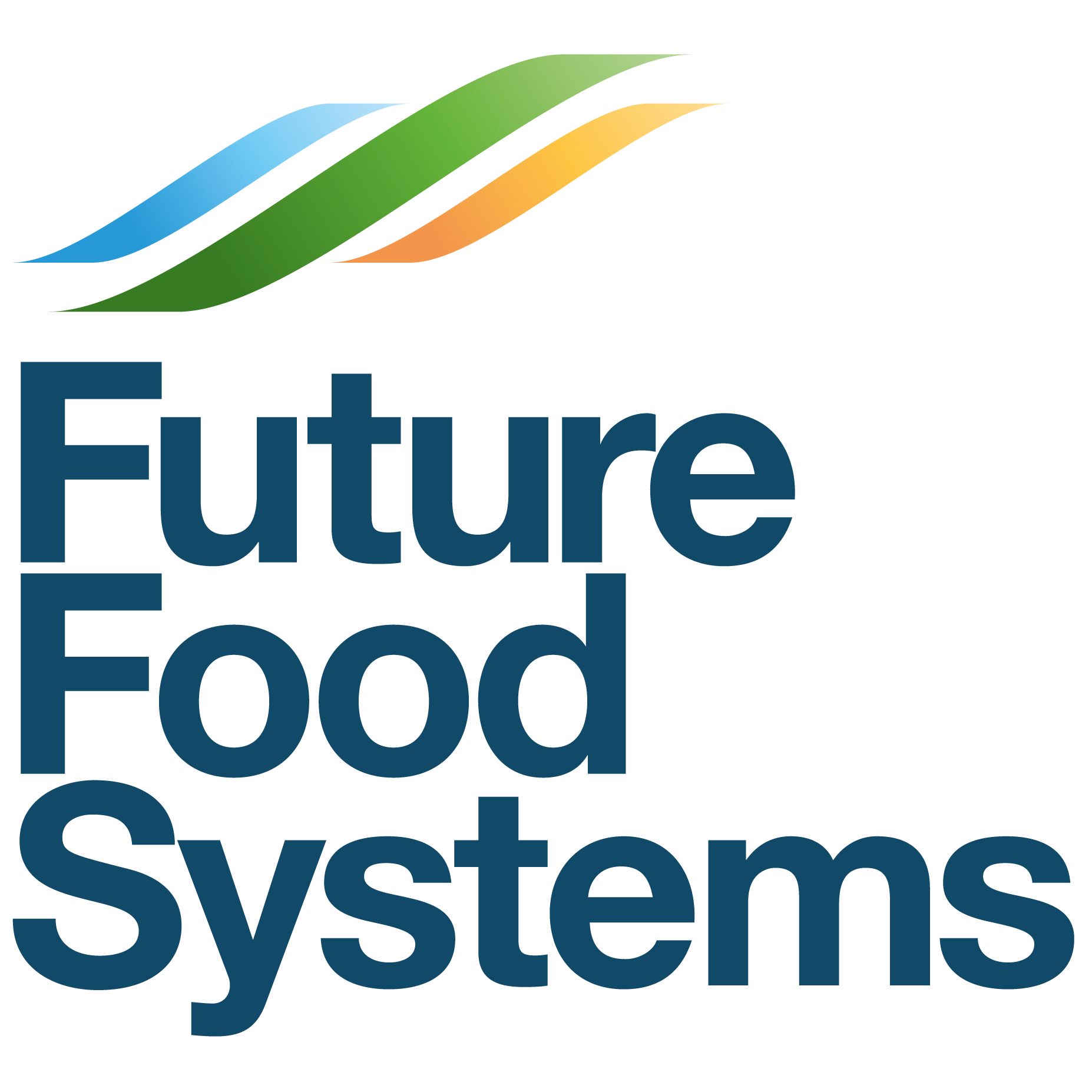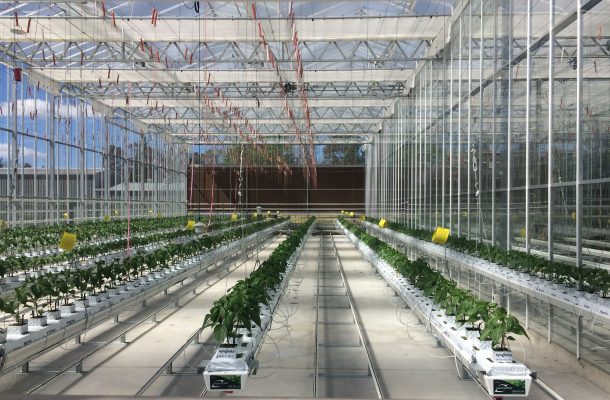The widespread supply-chain disruption precipitated by the COVID-19 pandemic shutdown may provide the motivation needed to reinvigorate urban agriculture in and around Australia‘s metropolitan centres, contends Western Sydney University academic Oula Ghannoum.
Even before the pandemic, Associate Professor Ghannoum notes, protected cropping was on the rise, a response to the challenges of feeding a rising, increasingly urban population in the face of climate change. With more than half the world’s population living in cities – a proportion set to reach two-thirds by 2050 – urban indoor farming promises to shorten the distance between food production and consumption.
There are clear benefits to ‘bringing at least some farming back to the world’s metropolitan centres’, Ghannoum contends. Already a burgeoning industry in Australia, indoor farming:
- enables year-round production of crops in controlled environments, guaranteeing a consistent supply of food regardless of extreme weather events and water shortages;
- shortens our supply chains, cutting transportation costs and helping to shrink the carbon footprint of food production;
- boosts our high-value agricultural exports;
- provides skilled employment; and
- delivers fresher, higher quality produce to city-dwellers.
‘These factors are the backdrop to why urban agriculture is a great idea in a post-mining boom Australia,’ contends Associate Professor Ghannoum. ‘Indeed, in the aftermath of COVID-19, there will be even more reasons why we should embrace indoor agriculture with greater enthusiasm and investment.’
Source: The green shoots of recovery I Open Forum

